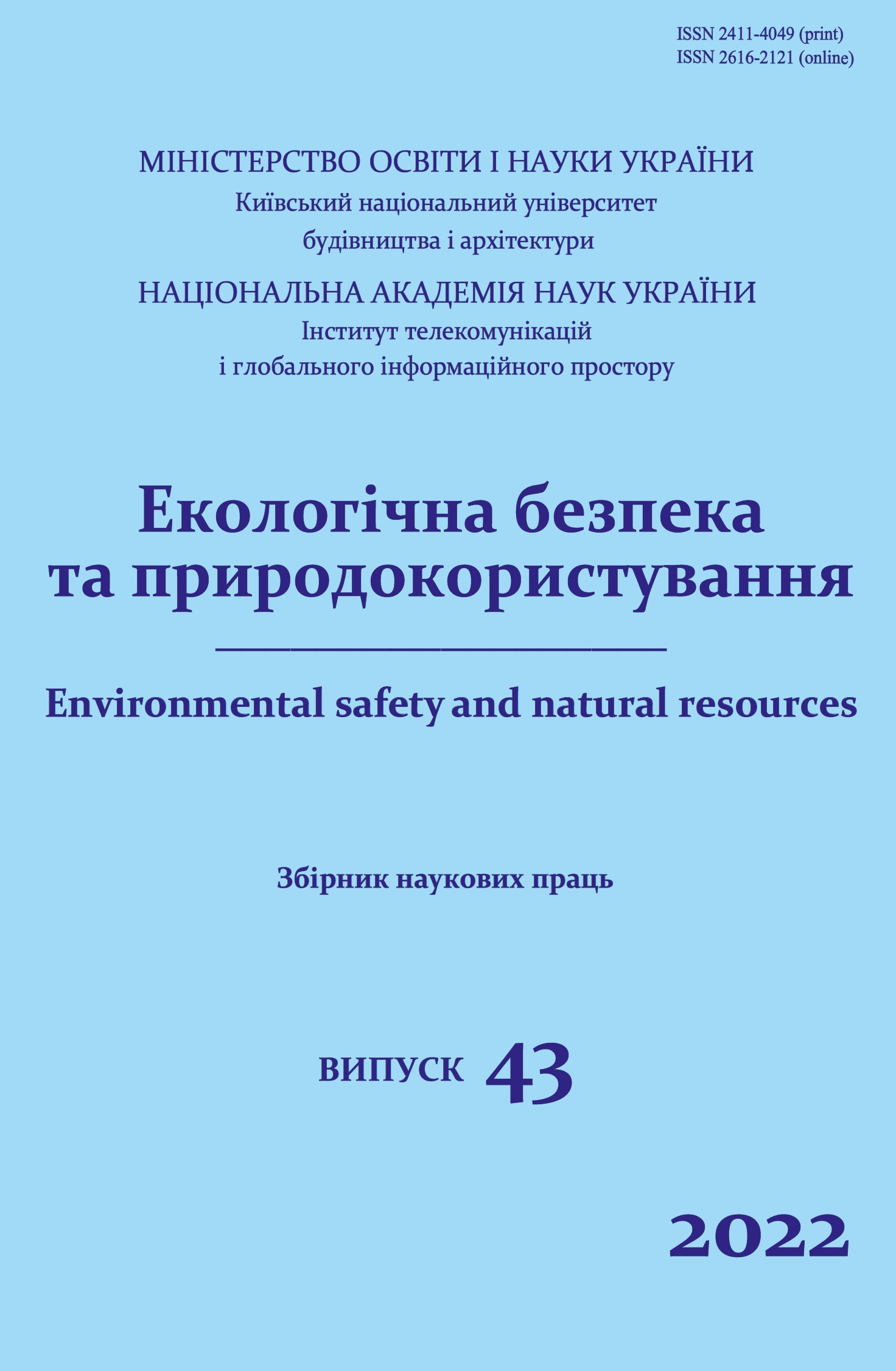Investigation of the main properties of reverse osmosis membranes and their influence on changes in the physico-chemical composition of aqueous solutions
DOI:
https://doi.org/10.32347/2411-4049.2022.3.43-55Keywords:
aqueous solution, reverse osmosis, membrane, membrane properties, selectivity, specific productivity, concentration reduction factor, osmotic pressure, temperature, aqueous solution concentration, dependenceAbstract
The article discusses the relevance and features of the use of reverse osmosis when adjusting the physico-chemical composition of aqueous solutions and especially the composition of drinking water. The main element of any reverse osmosis plant is a semi-permeable membrane, which is a polymer composite material of uneven density. It has been shown that reverse osmosis membranes must meet certain requirements, the main of which are selectivity to the components that are removed at this functional stage, compliance with a high level of permeability, i.e. stable physical and chemical properties during their operation. The main physicochemical properties of membranes (selectivity, specific productivity, concentration reduction factor, separation factor) and methods for their calculation are described. The effect of temperature on the change in the selectivity and specific productivity of a semipermeable membrane for MgCl2 and CaCl2 salts has been experimentally studied. It has been proven that an increase in the temperature of the solution leads to an increase in the selectivity of the membrane and a linear decrease in the specific productivity. Experimental studies were carried out on model solutions to study the effect of pressure on the change in membrane selectivity. It is shown that the shrinkage of the membrane structure is especially noticeable in the first hours of its operation, which leads to a decrease in the selectivity of the membrane. A practically steady state in terms of selectivity usually occurs in 4–5 hours. It was studied that with an increase in the concentration of salts in the initial solution, a decrease in the specific productivity of the membrane and an increase in selectivity occur. It is shown that the selectivity of the studied membrane in the presented range of concentrations is higher for electrolytes of the 2:2 type than for electrolytes of the 2-1 type. The parametric dependences of the change in selectivity and the concentration reduction factor of the Filmtec TW30-1812-50 membrane over time for the components of a “model multicomponent solution” at a pressure of P = 18 atm are given.
References
Brick, M.T., Nihatullin, R.R., & Alpatova, A.L. (1999). Drinking water and membrane technologies (review). Scientific notes of NaUKMA. Special issue, 9, 409-411 [in Ukrainian].
Dytnersky, Yu.I. (1978). Reverse osmosis and ultrafiltration: A textbook. Moscow: Himija [in Russian].
Kravchenko, M.V., Vasylenko, L.O., & Voloshkina, O.S. (2021). Application of reverse osmosis method for post-treatment of drinking water. Ecological safety and nature management: collection of scientific works, 4(40), 32-45 [in Ukrainian].
Kravchenko, M.V. (2022). Reverse osmosis – as a method of purification of drinking water at the local level. In Current issues, priorities and development strategies of Ukraine: abstracts of the IV International scientific-practical online conference, (pp. 113-116). Kyiv, Ukraine: ITTA [in Ukrainian].
Protsenko, S.A., Larchenko, L.V., & Bil'djukevich, A.V. (1992). Chemical and thermal stability of membranes. Chemistry and technology of water, 14(10), 764-768 [in Russian].
Kravchenko, M., Bereznytska, Y., Hunchenko, O., Vasylenko, L., & Haba, K. (2021). The theoretical calculation of activity coefficients in the use of baromembrane methods for water treatment. In International Conference of Young Professionsls «GEOTERRACE-2021». European Association of Geoscientists & Engineers, (pр. 1–5). doi: https://doi.org/10.3997/2214-4609.20215K3028
Dukhin, S.S., Sidorova, M.P., & Jaroshhuk, A.Je. (1991). Electrochemistry of membranes and reverse osmosis: A textbook. Leningrad: Himija [in Russian].
Lacey, R.E. (1976). Fundamentals of electromembrane processes. In Technological processes with the use of membranes (pр. 11–28). Moscow: Mir [in Russian].
Kocharov, R.G. (2007). Theoretical foundations of reverse osmosis: А textbook. Moscow: RHTU im. D. I. Mendeleeva [in Russian].
Downloads
Published
How to Cite
Issue
Section
License
Copyright (c) 2022 Kravchenko М.V., Vasylenko L.O.

This work is licensed under a Creative Commons Attribution 4.0 International License.
The journal «Environmental safety and natural resources» works under Creative Commons Attribution 4.0 International (CC BY 4.0).
The licensing policy is compatible with the overwhelming majority of open access and archiving policies.

